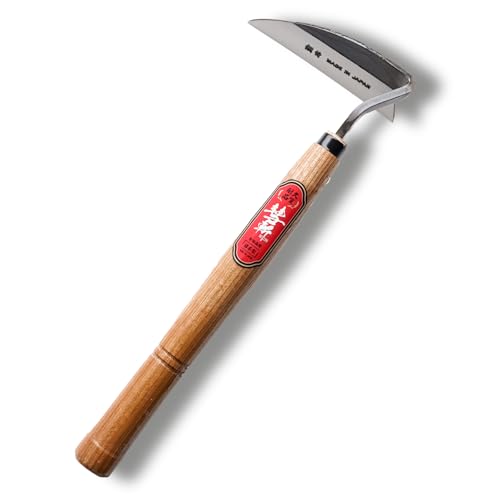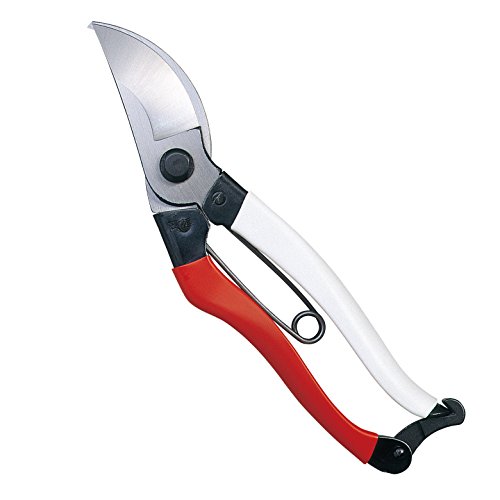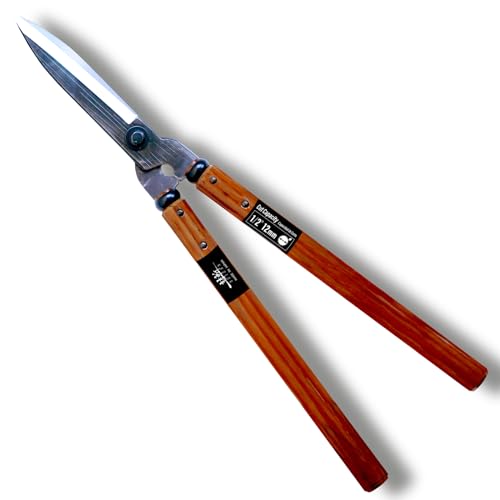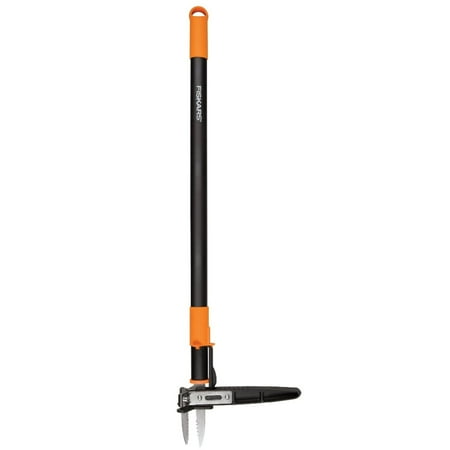I’ve Tested Countless Weeding Tools as a Pro Gardener – but This $19 Japanese Sickle Is the One I Always Reach For
This tool has been my go-to for years
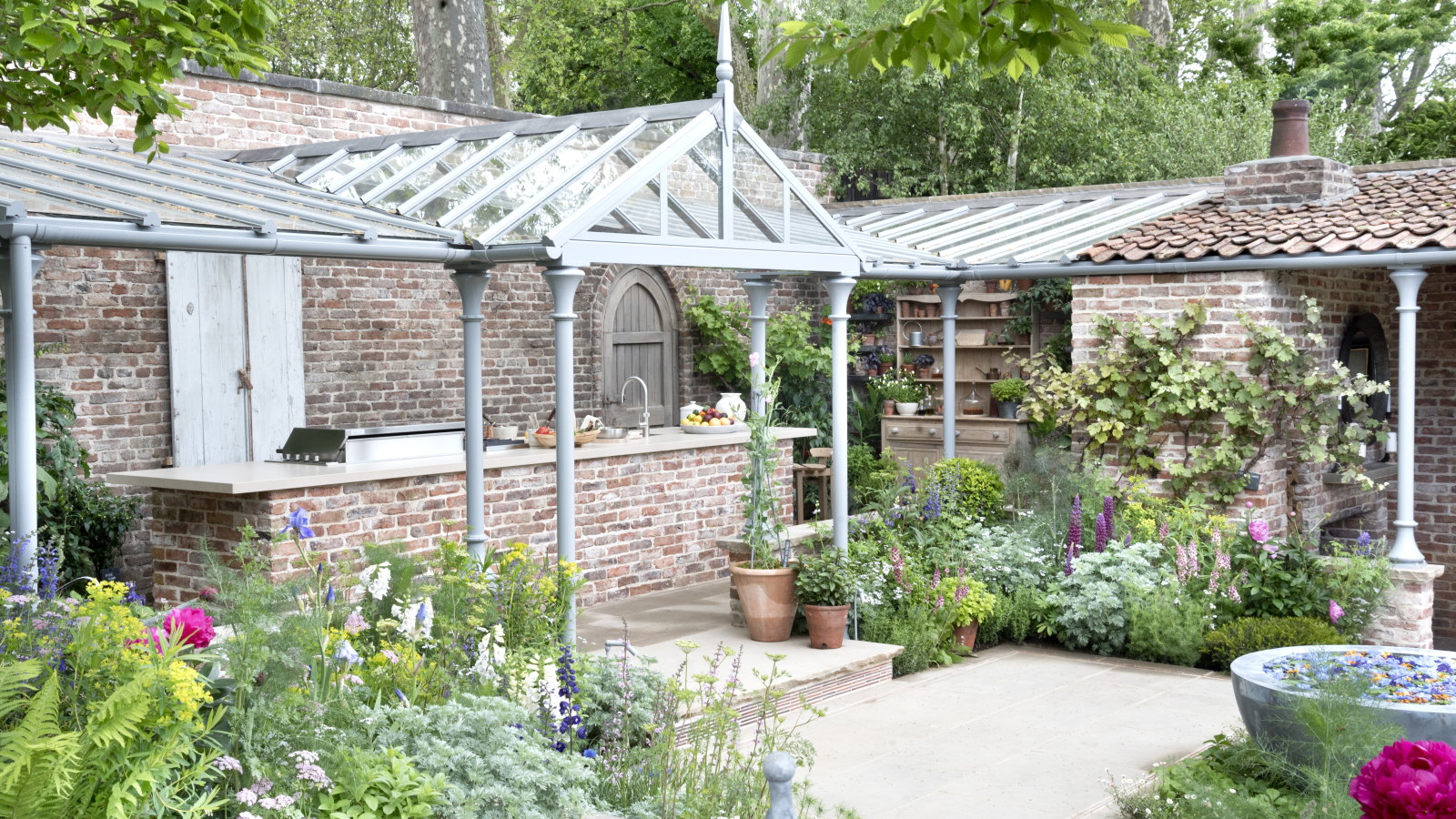

There is a great deal of hype surrounding Japanese tools, and, as a professional horticulturist, I have never been able to resist the temptation of top-grade, well-made and super-efficient garden tools.
That is why I have followed the horticultural trend for Japanese gardening tools. I used Japanese pruning shears for many years (before returning to my long-serving Felco pruners) and currently have a Japanese weeding sickle, Niwaki harvesting knife, and a hori-hori knife in my tool bag.
For me, it is the Japanese weeding sickle that gets the most use. It is one of my go-to, essential gardening tools for weeding my vegetable garden and raised beds. If you want to try one for yourself, I spotted this beautifully crafted Japanese weeding sickle reduced by 20% on Amazon. I recommend discovering a tool like this, as it is sharp, durable, lightweight, and can last you for many years.
Why I love my Japanese weeding sickle

A Japanese weeding sickle is a great tool for quickly weeding a garden. With a design that has been used in traditional Japanese gardening for centuries, it features a wooden handle and a small, sharp, angled blade. Its simplicity of design makes it perfect for speedily slicing weeds just underneath the soil surface.
The razor-sharp five-inch blade is made of two-layer Japanese carbon steel, sitting at the end of a lightweight 10-inch Japanese oak or zelkova wood handle. This particular Japanese weeding sickle on Amazon is made in Japan, crafted in a town with a history of making blades for centuries.
The technique of making blades for weeding sickles shares much in common with sword-making, and the history of craftsmanship means you can trust the tool is strong and durable.
My Japanese weeding sickle has been a crucial part of my tool kit for four years now, and I can guarantee that it gets a lot of use throughout the gardening year.
Design expertise in your inbox – from inspiring decorating ideas and beautiful celebrity homes to practical gardening advice and shopping round-ups.
It has been used during my working life in public gardens, on two different allotments, and to weed my borders and raised beds at home. And it is still going strong, as one of my go-to tools for weeding smaller areas, where precision is needed.
I find the Japanese weeding sickle perfect for smaller, tighter spaces, such as raised beds or packed kitchen gardens. Weeding up close with this smaller tool is more precise than with larger hoes, reducing the chance of accidentally damaging other plants during the peak months when flower beds and vegetable gardens are packed with plants.
When it comes to the blade, its size and angle are perfect for quickly and safely using it around other vegetables, flowers, shrubs, or seedlings to slice through weeds and reduce competition for water and nutrients. The sliced weeds can be left on the surface to wither and die, like when you use a traditional garden hoe during the season.
It is a precise weeding tool you can use with a natural motion. While you do need to bend, crouch, kneel, or sit to push and pull the tool around the plants, unlike some other types of weeders, it is comfortable to use and doesn’t strain the hands or wrists. Weighing in at just over seven ounces, you can clear large areas quickly and efficiently, and you always feel in control of the tool.
For weeds with larger tap roots, such as dandelions or thistles, where you need to remove the root rather than just slice the surface, the thin, pointed end of the blade can be used to get underneath them and lever them out of the soil.
The blade is made of high-quality steel, so it stays sharp for longer than many other weeding tools. But it can be easily sharpened with a sharpening stone when the time comes, for many years of efficient weeding.
My particular tool still works efficiently all these years later. It is still going strong, and I do make sure to clean and store it properly as I want to continue using it for many more years to come.
It is not just me who loves it; here’s what other shoppers say
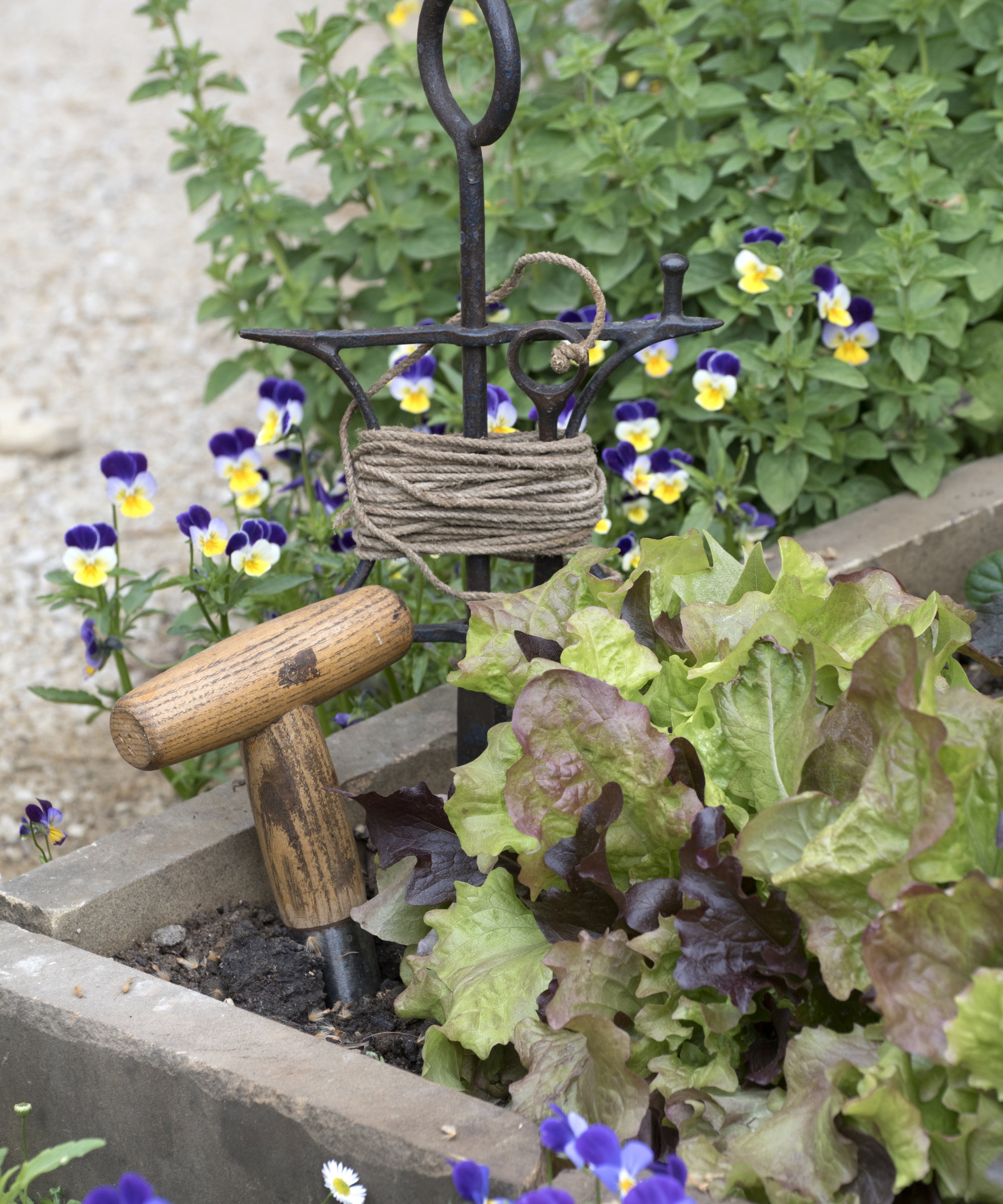
I have waxed lyrical above about why I adore my Japanese weeding sickle, but I am not alone. This Suizan weeding sickle on Amazon has 4.8 stars out of 5 from customer reviews, who hail the tool for its effectiveness.
‘I love this sickle! It makes gardening so much easier,’ says one shopper. While another adds: ‘This weeding sickle is the yard tool I never knew I needed. It makes weeding so much easier and faster.’
Shoppers praised the sharpness of the blade and how the tool made weeding quicker and easier. ‘Make the work go so much quicker and better than any other gardening tool I have ever used,’ proclaimed one buyer.
One word of caution is that a few reviews mentioned that the product is meant for right-handed gardeners. As a right-handed gardener myself, I haven’t encountered this issue, but it is a valid point to consider if you are left-handed.
However, it doesn’t seem to always be an issue, as there was one shopper who said: ‘It is meant for right-handed gardeners, but I am left-handed and am able to use it in either hand.’
Shop Japanese tools:

This high-quality hori hori knife is made in Japan with the finest stainless steel, making easy work of your weeding and gardening tasks this year.
As fall turns to winter, many gardeners may still be behind on their weeding and tidying, but it is advisable to do what you can to get rid of weeds while the weather allows it.
Why is there such a need to get rid of weeds before frost, I hear you ask. Well, frost may kill some annual weeds, but not troublesome perennial weeds. These will still be alive under the surface, ready to spark into life again come spring.
Then there are winter annuals, like chickweed and bittercress, which sprout in the fall. These weeds can survive winter and flower early in spring, potentially setting lots of seeds before you get a chance to get rid of them next year.
Removing as many weeds as possible by hand in the fall, or smothering them by laying cardboard as mulch, can help you get ahead for spring.
Shop weeding tools:

Drew has worked as a writer since 2008 and was also a professional gardener for many years. As a trained horticulturist, he worked in prestigious historic gardens, including Hanbury Hall and the world-famous Hidcote Manor Garden. He also spent time as a specialist kitchen gardener at Soho Farmhouse and Netherby Hall, where he grew vegetables, fruit, herbs, and cut flowers for restaurants. Drew has written for numerous print and online publications and is an allotment holder and garden blogger. He is shortlisted for the Digital Gardening Writer of the Year at the 2025 Garden Media Guild Awards.
You must confirm your public display name before commenting
Please logout and then login again, you will then be prompted to enter your display name.
